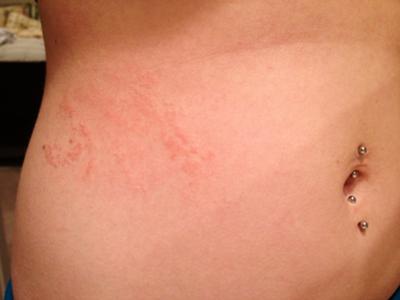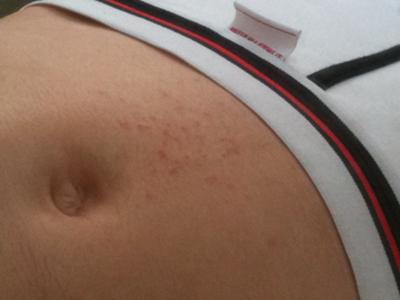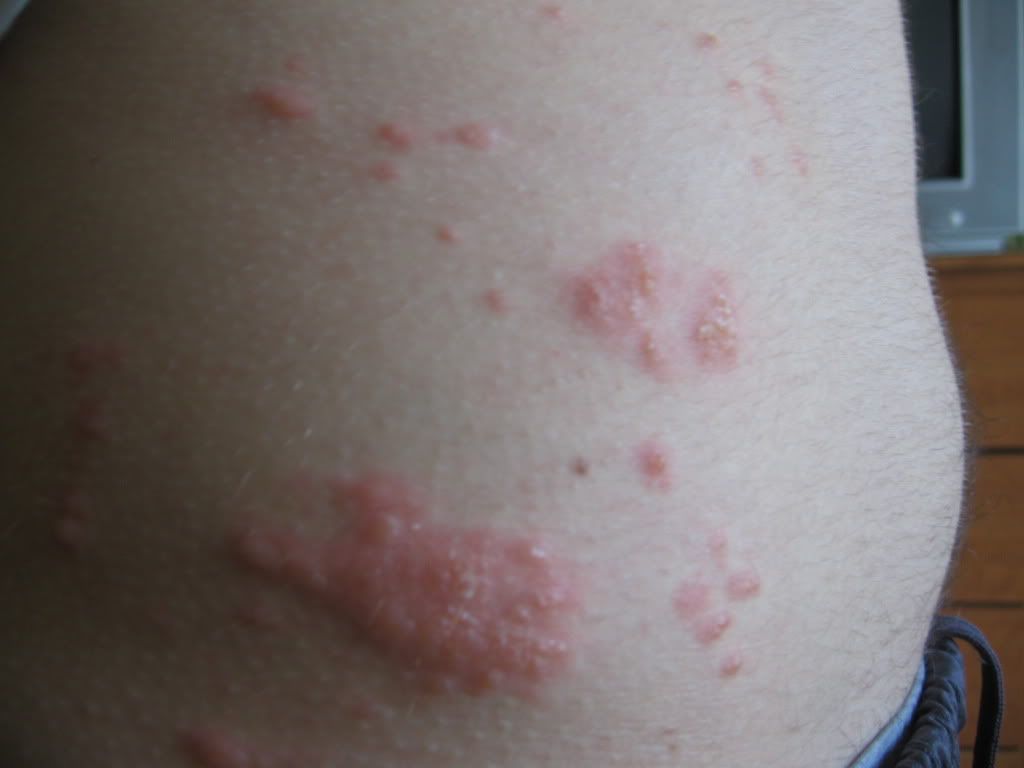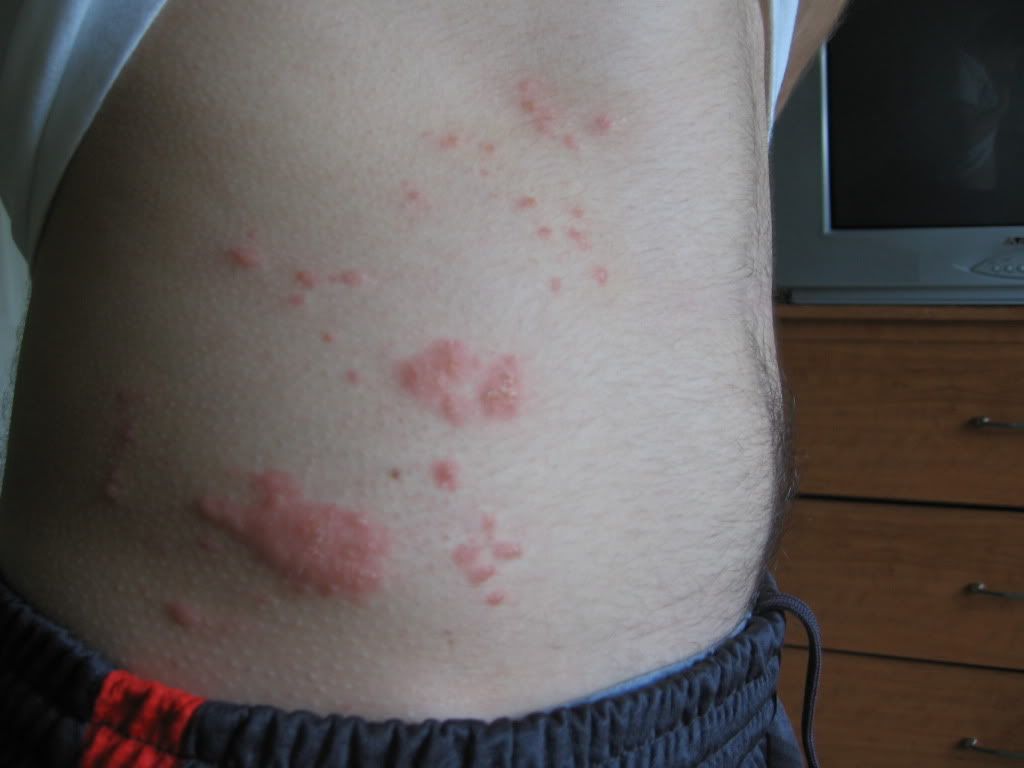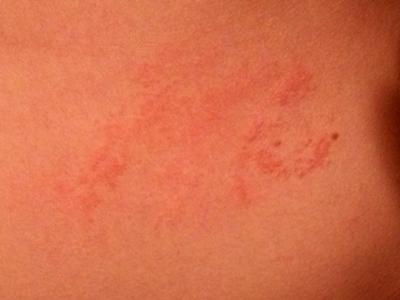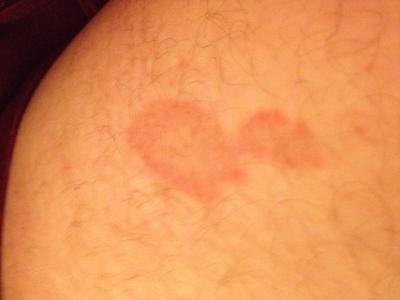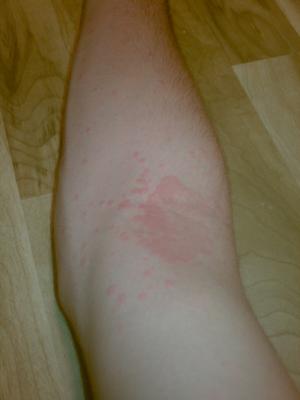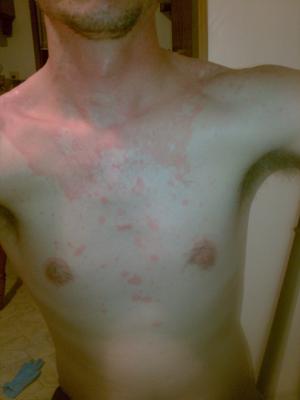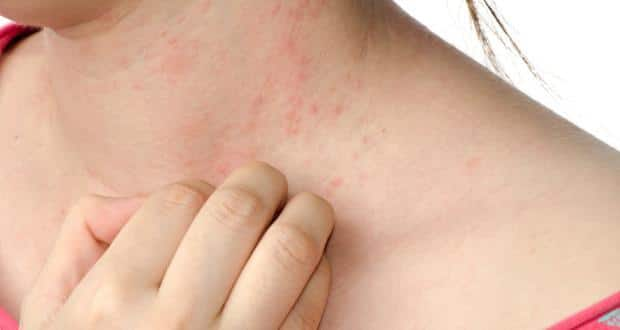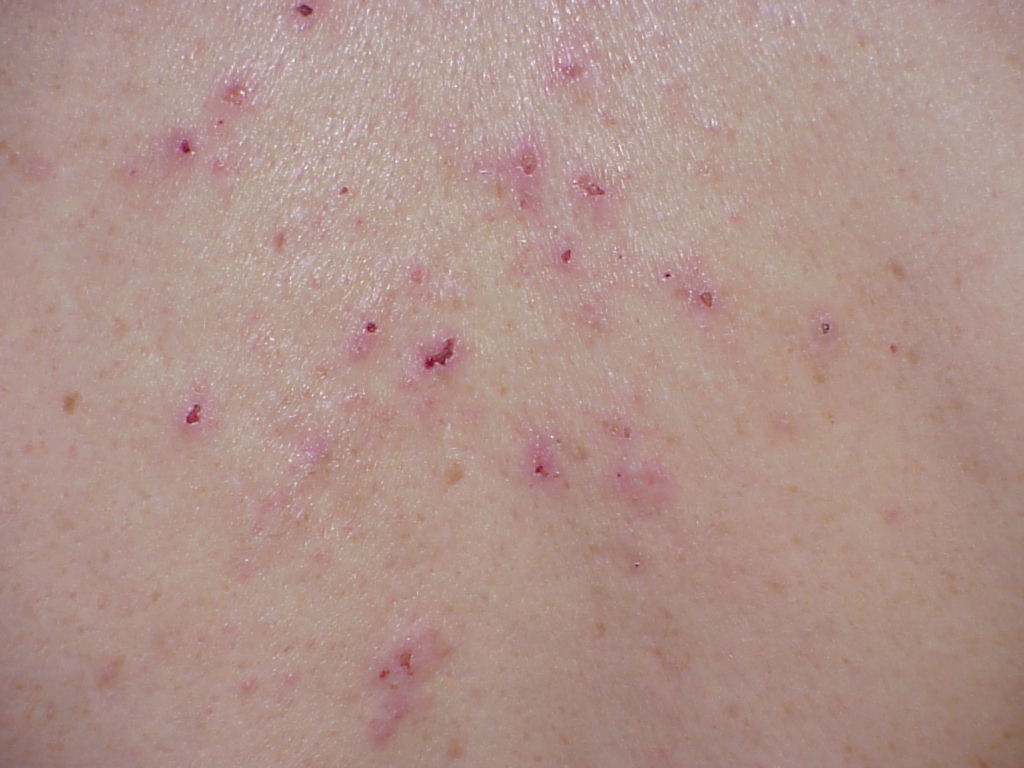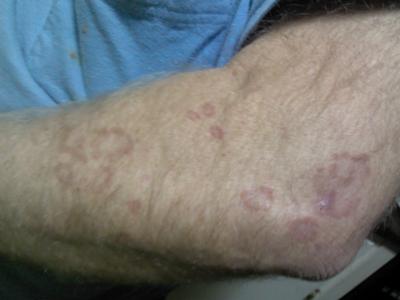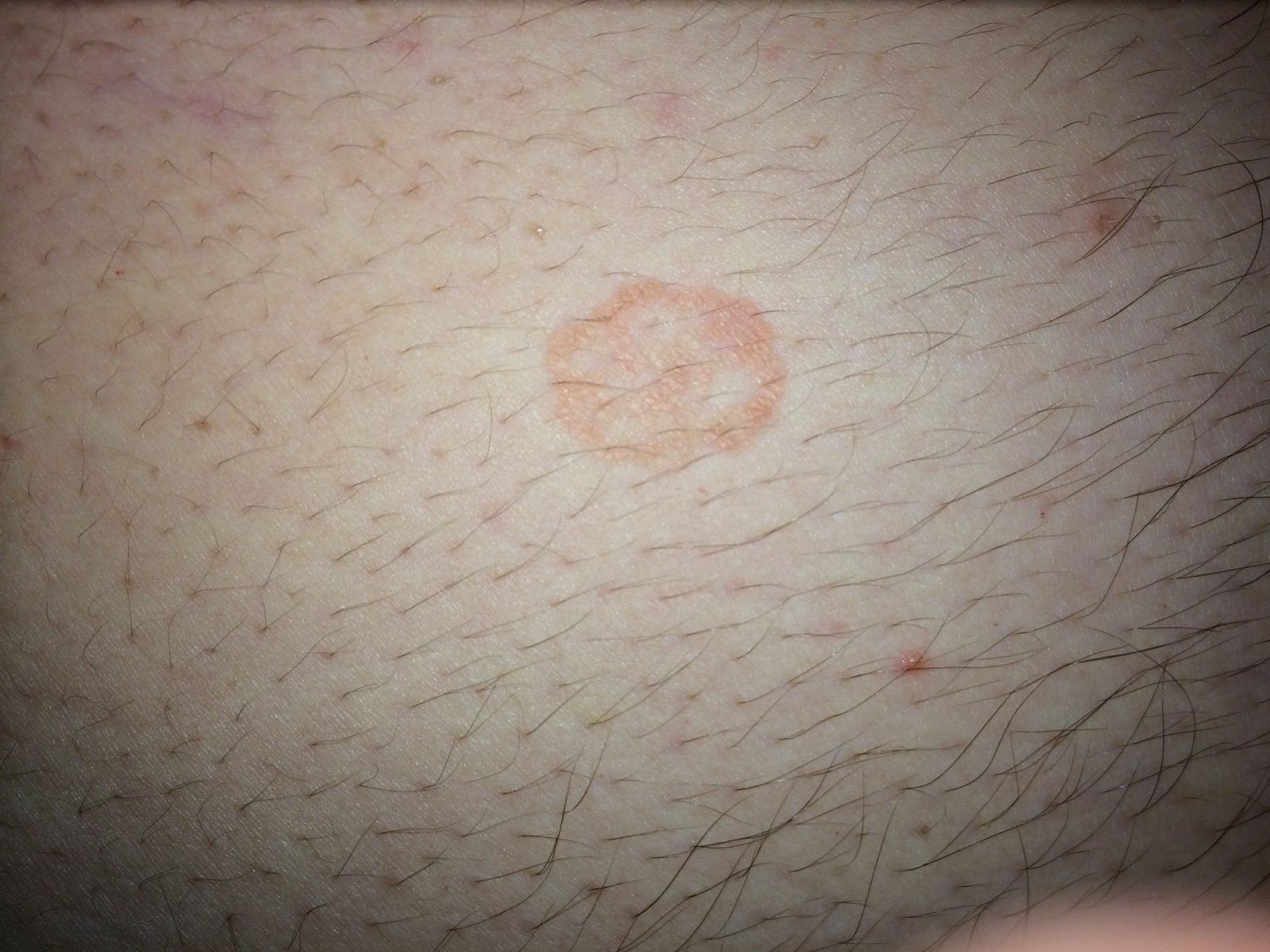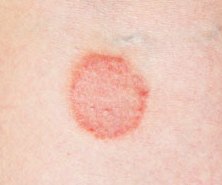Skin Rash On Stomach Biography
Source(google.com.pk)
Symptoms:
What other symptoms might occur with stomach rash?
Stomach rash may be accompanied by other symptoms, depending on the underlying disease, disorder or condition. Certain conditions that cause stomach rash may also involve other body systems.
Related localized symptoms that may occur along with stomach rash
Stomach rash may be accompanied by other localized symptoms including:
Bruising
Itchiness
Pus or discharge
Redness, warmth or swelling
Tenderness or pain
Other symptoms that may occur along with stomach rash
Stomach rash may accompany symptoms related to other body systems including:
Cough
Fever and chills
Headache
Joint stiffness and pain
Runny nose
Sore throat
Sweating
Serious symptoms that might indicate a life-threatening condition
In some cases, stomach rash may be a symptom of a life-threatening condition that should be evaluated immediately in an emergency setting. Seek immediate medical care (call 911) if you, or someone you are with, have stomach rash along with other serious symptoms including:
Change in level of consciousness or alertness, such as passing out or unresponsiveness
Fever and chills
Joint pain and stiffness
Purple rash
Respiratory or breathing problems, such as shortness of breath, difficulty breathing or inability to breathe, labored breathing, wheezing, or choking
Sudden swelling of the face, lips or tongue
Tightness or constriction in the throat
Worsening of symptoms despite treatment
Causes:
What causes stomach rash?
Stomach rash may have many possible causes, including allergens (agents that cause allergies), infections, autoimmune disorders, or other causes such as stress.
Allergic or inflammatory causes of stomach rash
Stomach rash may be caused by contact dermatitis. Common triggers include:
Cosmetics, dyes or detergents
Industrial chemicals, such as those found in elastic, latex and rubber
Metallic substances (various metals, copper, wire)
Poison ivy or oak
Other allergic causes of stomach rash include:
Eczema (skin disorder causing scaly or blistering rashes that may be caused by allergy)
Food allergies (allergic reactions to certain foods)
Insect bite allergy such as a bee sting
Infectious causes of stomach rash
Stomach rash can also be caused by infections including:
Chickenpox or shingles
Eczema (skin disorder causing scaly or blistering rashes that may be caused by infection)
Erythema nodosum (red nodules under the skin associated with fever and other symptoms)
Impetigo
Lyme disease or Rocky Mountain spotted fever (inflammatory bacterial diseases spread by tick bites)
Measles, mumps, rubella, roseola, and scarlet fever
Meningitis (infection or inflammation of the sac around the brain and spinal cord)
Pityriasis rosea (rash resembling the shape of a pine tree)
Ringworm
Strep throat (bacterial throat infection)
Autoimmune causes of stomach rash
Stomach rash can also be caused by autoimmune disorders including:
Kawasaki disease (rare, serious pediatric disorder characterized by inflammation of blood vessels, high fever, rash, and mucous membrane changes)
Psoriasis
Rheumatoid arthritis (chronic autoimmune disease characterized by joint inflammation)
Systemic lupus erythematosus (disorder in which the body attacks its own healthy cells and tissues)
Other causes of stomach rash
Stomach rash can be caused by other factors such as:
Extreme cold or heat
Medications
Stress
Serious or life-threatening causes of stomach rash
In some cases, stomach rash may be a symptom of a serious or life-threatening condition that should be evaluated immediately in an emergency setting. These include:
Allergic purpura
Anaphylaxis (life-threatening allergic reaction)
Questions for diagnosing the cause of stomach rash
To diagnose your condition, your doctor or licensed health care practitioner will ask you several questions related to your rash including:
When did the rash begin?
Are you taking any medications?
Do you have any known allergies?
Does the rash cause any itching or scaling?
Do you feel otherwise healthy?
Have you tried any new products recently, such as soaps, perfumes, or sprays?
Have you spent a lot of time outdoors lately?
What are the potential complications of stomach rash?
Because stomach rash may be due to serious diseases, failure to seek treatment can result in serious complications and permanent damage. For example, infectious diseases, such as mumps or measles, can lead to rare but serious complications, including miscarriage, hearing loss, and serious brain infections, such as encephalitis or meningitis.
Once the underlying cause of your rash is diagnosed, it is important for you to follow the treatment plan that you and your health care professional design specifically for you to reduce the risk of potential complications including:
Arthritis
Cellulitis (infection of the skin)
Cognitive difficulties
Encephalitis (inflammation and swelling of the brain due to a viral infection or other causes)
Meningitis (infection or inflammation of the sac around the brain and spinal cord)
Miscarriage or stillbirth
Paralysis
Permanent hearing loss
Secondary infections, which may develop from scratching and related skin trauma
